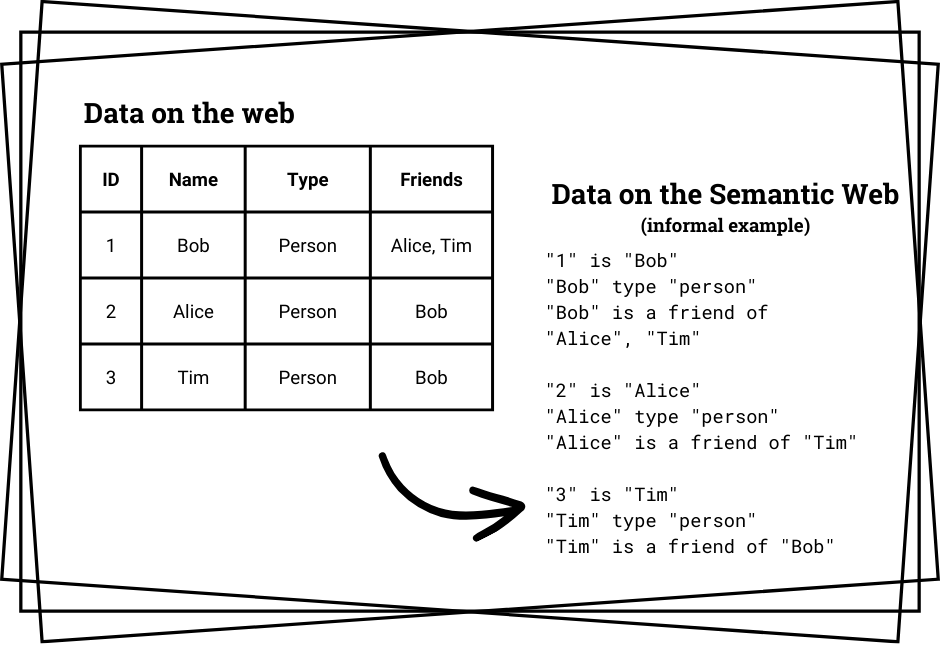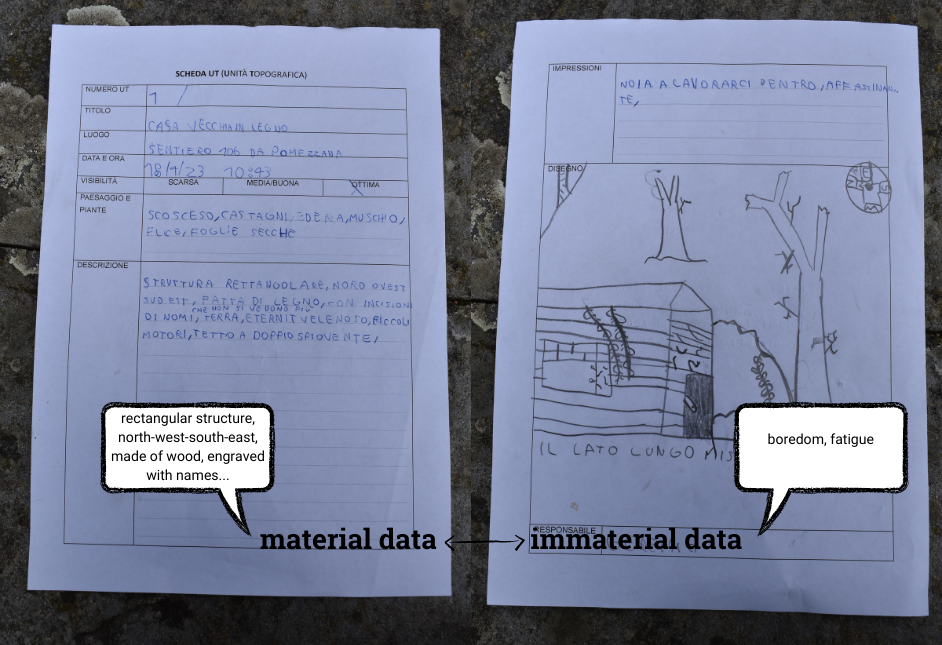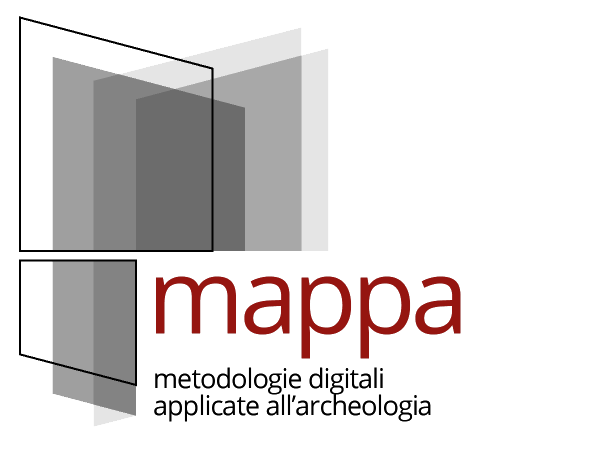HERMES: Heritage, Engage and Relate Merging intangiblE and Scientific data
The PhD project was developed at MAPPALab during the ARAM project and is part of the National PhD in Heritage Science, which is affiliated with the University of Rome La Sapienza and funded by European funds (PNRR). The work take place between the University of Pisa and the University of Antwerp, which collaborate with the Tetrarchs project.
The project’s title is “HERMES (Heritage, Engage and Relate Merging intangiblE and Scientific data) – Proposal for a Public Archaeology of Data.” It is based on the premise that archaeology should be conceived as public archaeology, where everyone is actively involved, and this can begin with the creation and management of data.
This means committing to producing data that is truly FAIR (Findable, Accessible, Interoperable, Reusable) for everyone, not just for specialists. The ability to access and reuse data to generate something new is essential for participating in the processes of cultural heritage construction and enjoyment.
The research aims to build a replicable system that enriches data by increasing its level of accessibility and reuse, making it queryable even through a set of “non-traditional” categories—such as those related to emotional and social spheres—constructed and validated in a participatory manner with a non-specialist audience. This is not about creating new datasets, but about linking traditional material archaeological data with new, different data.
To create this connection, the functionalities of the Semantic Web can be useful: this is an extension of the “classic” Web where the meaning of data and the relationships between them are explicitly written down, rather than being organized in tables. This makes the data more easily readable by machines, opening up new possibilities for analysis; it also allows for the connection of very different data types, even when their compatibility is minimal. Potentially, this means being able to search archaeological data using search keys that are more accessible to non-specialists, multiplying the ways to access the data.
To be more effective, a case study within the ARAM project was identified: the “Martiri di S. Anna di Stazzema” Comprehensive School in the municipality of Stazzema (LU) has been involved in the construction of “non-traditional” data, which will then be used together with the material data already collected and archived.
Teachers are an ideal audience to test this project: once the two datasets are linked, an attempt will be made to query them using concepts related to non-traditional data, to see which archaeological data is connected to them. For example, based on the data retrieved in this way, a potential educational path focused on a specific theme could be outlined, working with the archaeological remains related to it.


Main work phases:
1) Collection of non-traditional data within the activities carried out with the ARAM project
2) Annotation of non-traditional data and construction of an ontology for its organization
3) Modeling of the original archaeological dataset (published on the MAGOH portal) based on the reference ontology (AO-Cat, Cidoc-CRM, Archeo-CRM)
4) Dataset publication and query testing
Progetto a cura di:
Chiara Giovannetti
chiaragiovannetti91@gmail.com
